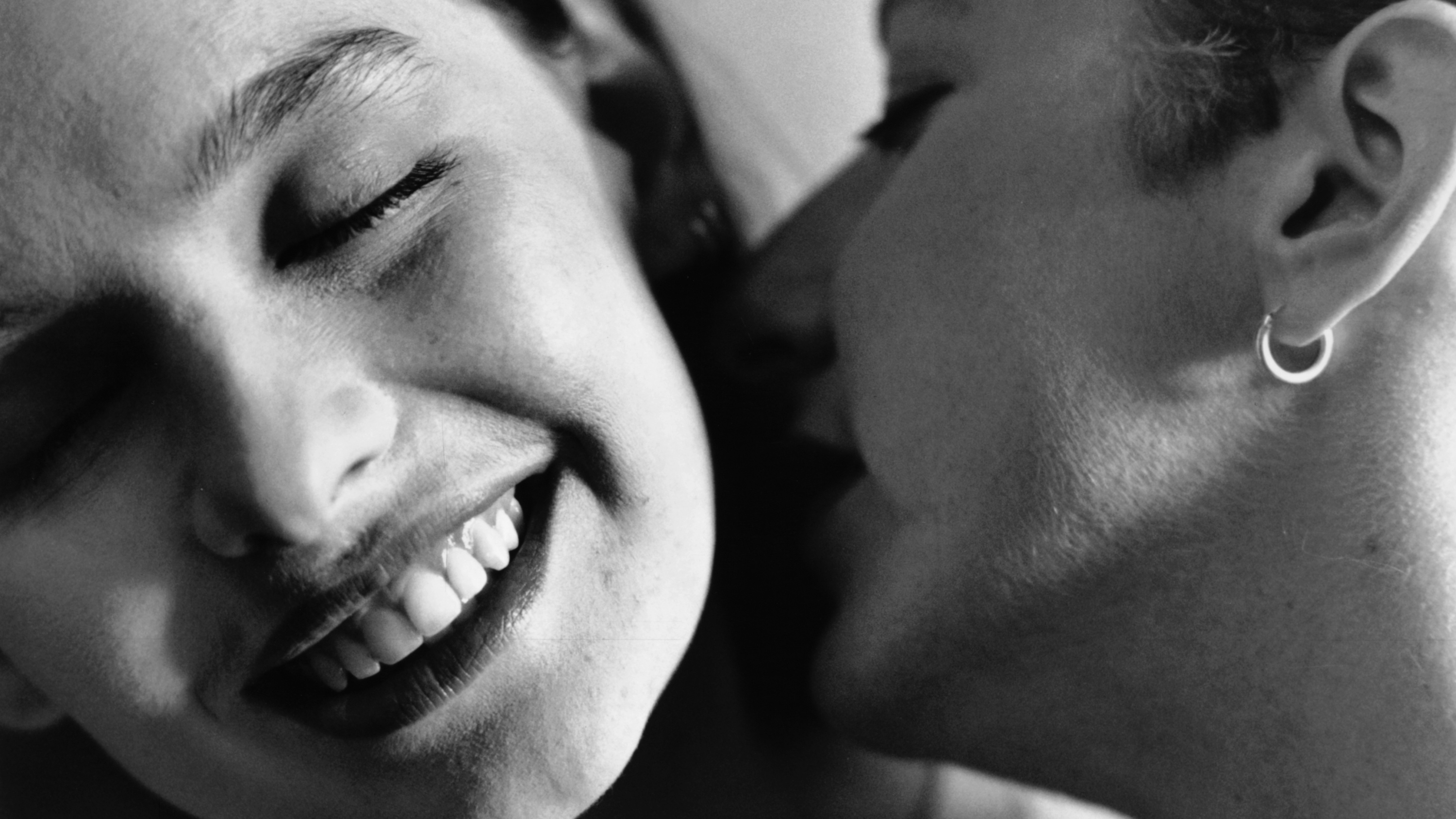In 1992, film critic B. Ruby Rich wrote a piece for the Village Voice in which she coined the term “New Queer Cinema” to categorize a group of independent filmmakers who were prioritizing queer representation both behind and in front of the camera, a group that would grow over the next several years to yield a landmark movement in film history. New voices like Gregg Araki, Cheryl Dunye, and Todd Haynes made films alongside more established auteurs such as Derek Jarman and Gus Van Sant and created several classics in the process; “The Living End,” “Poison,” and “My Own Private Idaho” are just a few of the important works to grow out of the cycle.
Now, the Academy Museum is paying tribute to the groundbreakers Rich celebrated with “Full of Pleasure: The Beginnings of New Queer Cinema,” a series that provides a vital opportunity to see these movies on the big screen, many of them accompanied by live discussions with the filmmakers. The series opened on June 15 with the West Coast premiere of a new 4K restoration of Rose Troche‘s delightfully funny and sexy “Go Fish,” a film that at least partially owes its existence to Rich’s article. “I had read B. Ruby Rich’s article and I had already seen ‘Poison,’ which was hugely influential for me,” Troche told an audience at the Academy following Saturday’s screening. “I was just like, ‘I’m going to make a movie like that.’”
Troche shot “Go Fish” on 16mm in the classic indie guerrilla style. “We didn’t have any money,” she said. “I had a full-time job, I was still in school, so we would shoot after work and we would shoot on the weekend. We bounced and bounced and bounced checks.” When Troche and her co-producer and co-writer Guinevere Turner completely ran out of money, they made a seven-minute teaser reel and cold called every producer mentioned in B. Ruby Rich’s article. “The only person who bit was Christine Vachon.” Vachon, who had produced “Poison” and looms large as a figure in the New Queer Cinema movement, provided the support necessary to finish the film, which went on to premiere at the 1994 Sundance Film Festival and sell to The Samuel Goldwyn Company for a then-astonishing $450,000. (Vachon will be present for a discussion following the Academy Museum’s screening of “Poison” on July 11.)
For Troche, the sale and subsequent widespread distribution of the film came as a total shock. “I didn’t even shoot it on super-16 to blow it up to 35,” she said. “That’s how far away the idea [of selling to a distributor] was in my head. I was just like, ‘Nah, this is some dinky ass movie that goes to all the lesbian festivals.’ I would never have expected that for 30 years it would never go away.” The initial success was the source of a weird disconnect in Troche’s life as she was still broke but treated like an A-list celebrity. “I never made any money on this movie, and it was hilarious because a stretch limo would come pick me up and I would be selling my CD collection to go on a date for 20 bucks.”
Troche might not have expected “Go Fish” to endure for 30 years, but the fact is that the film feels as fresh and entertaining now as ever — maybe even more than ever. The movie’s liberated and liberating view of sexuality has aged particularly well, and grew out of Troche and Turner’s desire to celebrate lesbian sex on screen. “A lot of what was going on in activism was, ‘Don’t shame us for our sex acts,’” Troche said. “We will show you what it is we do. We’ll show you the excitement and the joyous nature.” Troche and Turner’s guiding principle was clear in their minds: “More sex, less tragedy.”
Ultimately, Troche feels that the legacy of the film is not just its content but a method of production that is easily adaptable to today’s independent filmmakers. “I would shoot and then edit the pieces, and then I was able to see what was needed and fill in those gaps,” Troche said of the on-again, off-again style of working on weekends. “People put this in a queer film canon, but it’s also in an independent filmmaking canon where you can make a movie for two cents and it can be clunky AF but still get [released and widely seen]. And I could never recreate that. It was really about the heart that went into the movie that cannot be replicated. Sometimes you make something and it’s alchemy. We had lost a lot of people to the AIDS pandemic, and there was a joyfulness in the film and an unapologetic nature to it that a lot of people wanted to feel. There’s a sense of friendship and community in the film that I think still resonates.”
“Full of Pleasure: The Beginnings of New Queer Cinema” runs at the Academy Museum through July 11.



